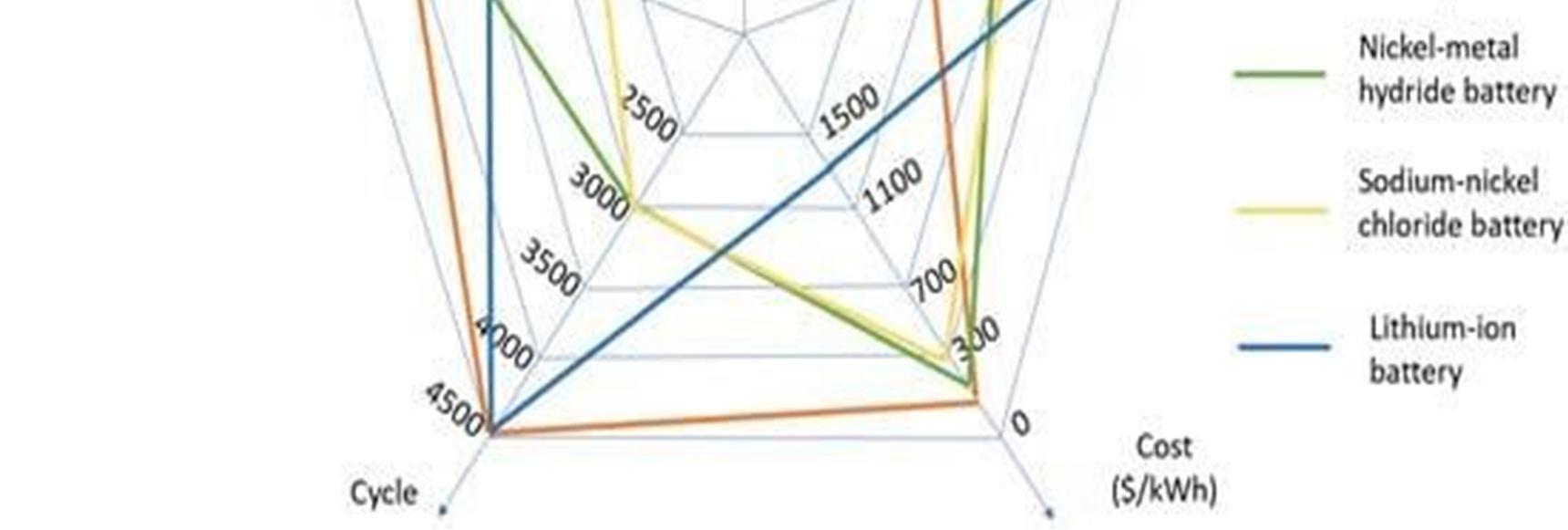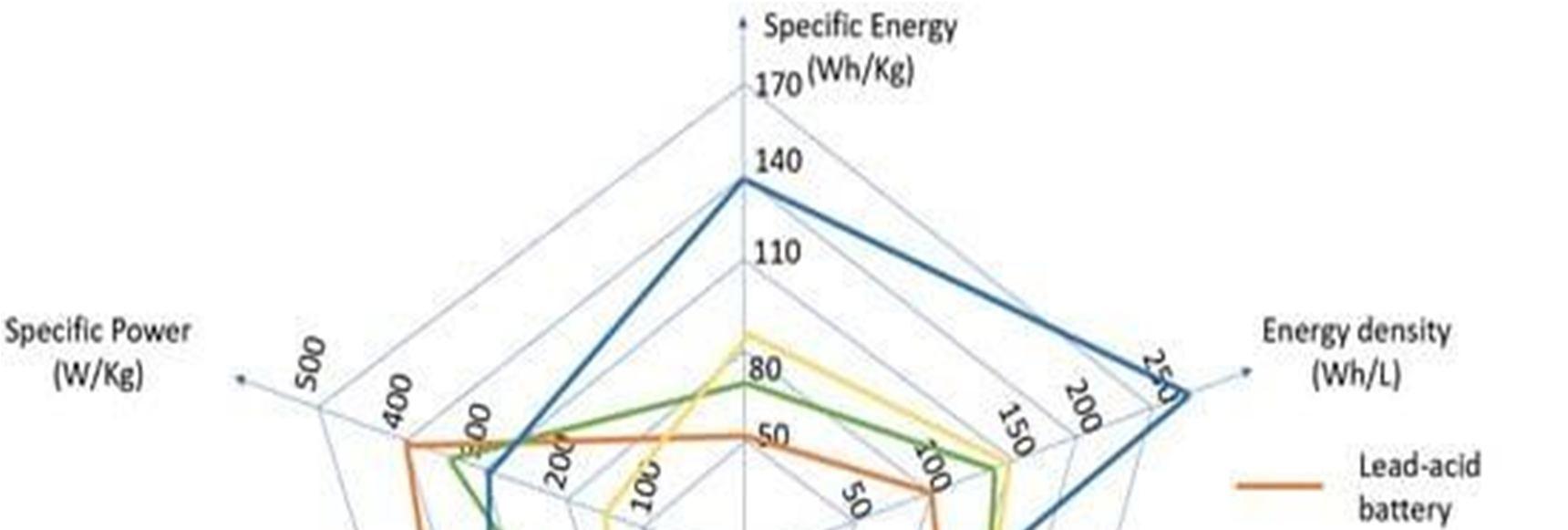
5 minute read
A Detailed Analysis of Electric Vehicle Technology Advancements and Future Prospects
Sumi M, Swathilakshmi P R,
1Assistant Professor, Nehru College of Engineering and Research Centre
Advertisement

2Department of MCA, Nehru College of Engineering and Research Centre
Abstract: The development of electric vehicles has surged in several nations in an effort to lessen reliance on oil and environmental damage[1]. A solution to the energy crisis and environmental problems is the adoption of EVs, particularly battery electric vehicles. This study offers a thorough analysis of the technical advancement of EVs and new technologies for use in the future. EV charging infrastructure, electric motors, batteries, charging technology, and electric motor control are all briefly discussed. As an additional contribution, this study also emphasises the technological difficulties and cutting-edge technologies for the future advancement of EV safety, dependability, and efficiency.
Index Term: Battery technology of Evs; batteries; charging technology; electrical motor and control; charging infrastructure;
I. INTRODUCTION
Energy and environmental problems have been brought on by the growing number of internalcombustion automobiles that use nonrenewable conventional fuels. To lessen their reliance on oil and the air pollution that conventional automobiles produce, many nations have adopted new energy vehicles (NEVs) as alternatives to conventional vehicles. China, the biggest vehicle market in the world, is dedicated to developing NEVs in order to lower oil imports and consumption. Germany wants to cut CO2 emissions in Europe by putting one million electric vehicles (EVs) into use by 2020[2]. France and the UK similarly want to stop selling conventional cars domestically by 2040. Many nations gave incentives and unique tax policies to encourage the use of NEVs, such as plug-in vehicle subsidies in the UK and the clean vehicle rebate. EVs have been around for more than a century as a post-industrial revolution emergent technology. Tom Parker invented the first usable electric vehicle in 1884. The electric car built in Germany in 1899 by Ferdinand Porsche is another well-known example of an early electric vehicle. Electric cars at the period were silent, simple to operate, and did not release any offensive-smelling pollutants, unlike steam and gasoline engines. In the 1920s, when 28% of all vehicles built in the U.S. were electric, EV manufacturers saw some degree of success before Henry Ford created the Model T with a revolutionary mass production method.
II. OBJECTIVES
The study looks at the factors that influence how EVs and related regulations proliferate. While new technologies, like EVs, compete with the established sector in their early stages, policies are crucial to their proliferation. In order for EVs to compete with ICEVs, policy support is initially necessary (Lieven, 2015; Rietmann and Lieven, 2019). The advantages of lock-ins, unaccountedfor externalities, and preconceptions favour ICEVs [8]over innovative technology. The disparities in the national distribution of EVs can be attributed to the early governmental assistance, namely financial incentives (Münzel et al., 2019; Santos and Davies, 2019), that was made available.
What explains the variance in the timing of EV take off (as a result of EV policy support) across nations is examined in the research along with why some countries implement EV policies early and others lag behind. In addition to being a study for policymaking, this is a study of policymaking.
The study intends to provide insights into whether or not nations will reach take off, which countries will, when, and why. It also wants to contribute to the understanding of the explanatory variables of EV take off across countries, first, among other things, as a policy support outcome. By examining the explanatory factors, the focus of the investigation into technology adoption can be changed to emphasise the circumstances necessary for take off (Kauffman et al., 2012). Conceptually sound and empirically supported responses to these concerns are crucial in order to build global transition paths that reflect regionally distinct technology transitions. A better way to provide guidance to policymakers is to identify some of the obstacles to policy evolution.
ISSN: 2321-9653; IC Value: 45.98; SJ Impact Factor: 7.538

Volume 11 Issue IV Apr 2023- Available at www.ijraset.com
There is not much empirical data in this area globally. Previous quantitative studies have concentrated on the effectiveness of incentives in a specific nation, such as Sweden (Egnér and Trosvik, 2018), Norway (Mersky et al., 2016), the United States (Clinton and Steinberg, 2019;
Jenn et al., 2018; Plötz et al., 2016); and China (Wang et al., 2017); or on a region, such as Europe (Münzel et al (e.g., Wesseling, 2016). The latter, in a rare move, took political aspects into consideration.
The diffusion of EVs from a consumer goods perspective (Gass et al., 2014; Altenburg et al., 2015; Liu et al., 2017; Meckling and Nahm, 2018); identifying the predictors of EV adoption among consumers for individual markets (Priessner et al., 2018; Zarazua de Rubens, 2019); or diffusion of policies, including energy technology policy, across countries, are some examples of other literature (e.g., Vinichenko, 2018).
Similar research has not been done on the diffusion of EV support policies or technologies or the underlying political and economic factors that influence policy engagement. A deeper comprehension of the differences across nations can aid in making more accurate forecasts about which nations will adopt policies and when they will take off. Despite having a lot of promise, the transport sector has so far received little attention in the literature on policy diffusion (Schmidt and Fleig, 2018).
III. METHODOLOGY

A. Battery Technology Of EVs
Since traction batteries power the propulsion system of EVs, the technology development of these batteries has a significant impact on the EV business. An EV was equipped with a rechargeable lead-acid battery when they first arrived. With the advancement of battery technology, the market for batteries has seen an [3]increase in the variety of power batteries available. The needs for the traction battery haven't changed much despite advances in battery technology. EV batteries need to supply constant power, which is different from the batteries used for starting, lights, and ignition. Thus, having more energy capacity is crucial. High energy density, high specific energy, and high specific power are also essential. Currently, the major types of rechargeable batteries utilised in EVs.
1) Lead-Acid Batteries
Invented by French physicist Gaston Plante in 1860, the lead-acid battery is rechargeable. In an electrolyte made of diluted sulfuric acid, it has a negative plate made of lead metal and a positive plate made of brown lead dioxide. It is possible to transform chemical energy into electrical energy, which is stored in lead-acid batteries. As the first and currently most popular form of rechargeable battery, lead-acid batteries are still in use today. The least expensive battery option and historically the most used power source are flooded lead-acid batteries. The great availability, high durability, and low cost of lead-acid batteries made them a popular choice for some EVs. When it came to lead-acid batteries, the largest issue was the effects their manufacturing had on the environment. The health of humans is gravely harmed by lead. The collection and recovery rate for lead-based batteries has now exceeded 99% in the EU and the USA. When compared to other items, this is a relatively high level. 95% to 99% of spent batteries are recycled in the majority of affluent nations. However, due to their lower specific energy and lower energy density, lead-acid batteries are not widely used in EVs. Lead-acid batteries store less energy per unit mass or volume than lithium-ion batteries do, as illustrated in Fig. 1. For EVs, battery volume and mass are crucial. An EV may travel further between charges if the battery is smaller or lighter. Presently, low-speed EVs are the principal application for lead-acid batteries.
ISSN: 2321-9653; IC Value: 45.98; SJ Impact Factor: 7.538

Volume 11 Issue IV Apr 2023- Available at www.ijraset.com
2) Nickel-Metal Hydride Batteries




To positive electrode in nickel-metal hydride batteries is made of nickel hydroxide, the negative electrode is made of various materials, and the electrolyte is a solution of potassium hydroxide. Nickel batteries come in a variety of forms, including nickel-iron (Ni-Fe), nickelcadmium (Ni-Cd), nickel-zinc (Ni-Zn), nickel-metal hydride (Ni-MH), and nickel-hydrogen (Ni-H2).
3) Lithium-Ion Batteries
With the release of the first commercially viable lithium-ion battery by the Sony Company in 1991, this technology quickly dominated the markets for energy storage and portable electric devices. In addition to being compact and lightweight, they also offer a huge power storage capacity. When it comes to specific energy and energy density, the lithium-ion battery offers a lot of benefits over the other batteries in Fig. 3.



